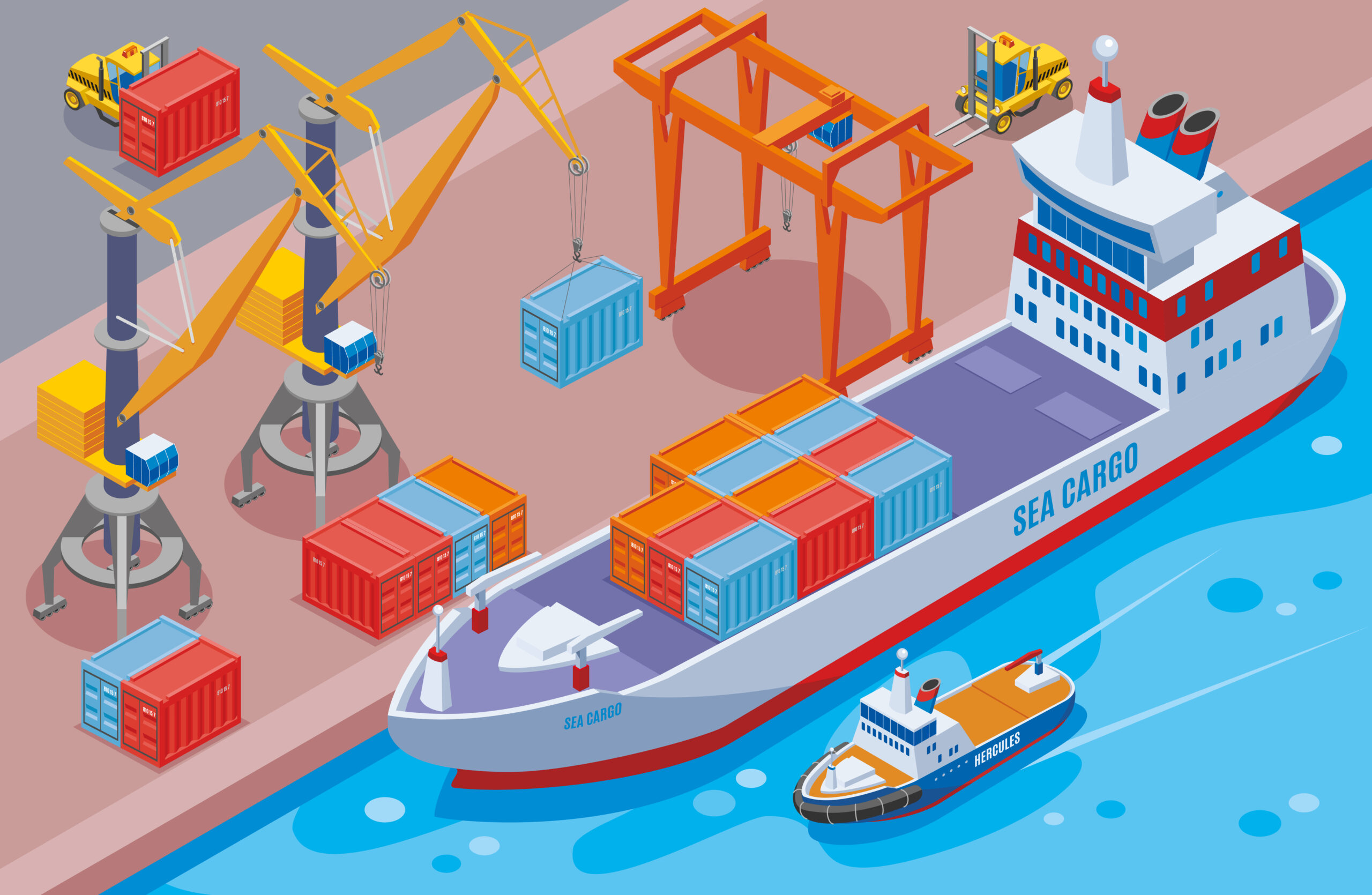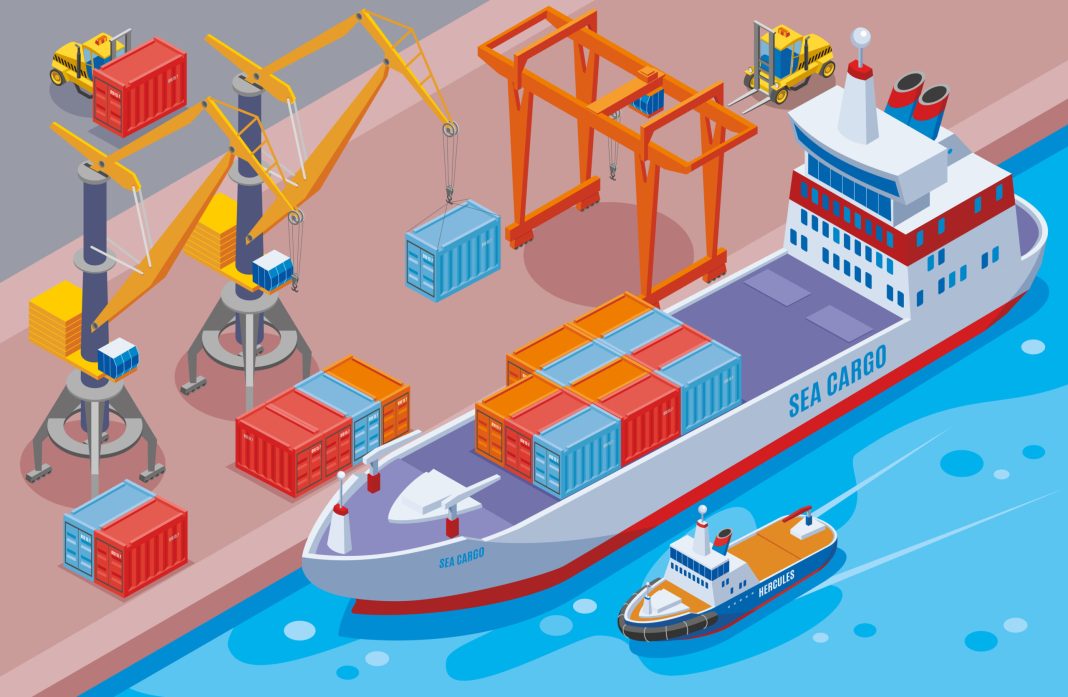 Title: The Decline of the U.S. Shipping Industry: Challenges and Solutions
Title: The Decline of the U.S. Shipping Industry: Challenges and Solutions
Introduction:
The U.S. shipping industry has experienced a significant decline over the past decades, resulting in a negative impact on both the economy and military readiness. Experts gathered at a roundtable discussion in Washington to address this issue, emphasizing the need to revitalize the U.S.-Flag Fleet and shipbuilding industry. This article explores the challenges faced by the industry and proposes potential solutions.
The Rise of China’s Shipping Industry:
During World War II, the United States played a crucial role in global shipping, producing over 5,000 ships to support Allied troops and supply transportation. By the 1950s, the U.S. owned merchant fleet accounted for 50% of the world’s cargo shipping capacity. However, over time, the maritime industry has undergone significant changes, leading to the closure and consolidation of shipyards across the country.
Conversely, China has experienced exponential growth in its shipbuilding capacity. Currently, U.S. ships account for less than 1% of global tonnage, leaving the nation at a significant disadvantage. China’s subsidized shipping industry boasts thousands of large ships and produces tens of thousands of mariners annually, creating an economic and military gap between the two nations.
The Consequences of Decline:
The dwindling number of U.S. vessels has resulted in a shortage of qualified American mariners to crew them. An April report by the Maritime Administration revealed that the United States lacks sufficient trained mariners to adequately support the nation’s ships during a full-scale national emergency. This shortage not only hampers economic activities but also poses risks during times of conflict.
China’s Control and Potential Threat:
China’s domination extends beyond its growing fleet and mariner capacity. The nation controls numerous piers worldwide, raising concerns that it could impede U.S. access to these vital ports during a conflict. Such a scenario could severely impact the U.S. economy and military operations, further highlighting the urgency to address the decline in the U.S. shipping industry.
Solutions and Proposals:
During the roundtable discussion, various strategies were proposed to reinvigorate the U.S. flag fleet and shipbuilding industry. These included expanding maritime education, raising awareness among high school students about career opportunities with the Merchant Marines, and growing the Coast Guard. Additionally, creating maritime prosperity zones was suggested as a means to incentivize businesses to invest in shipbuilding.
To encourage cargo transportation on U.S. flagships, tax incentives were proposed. This initiative, put forth by Christian Johnsen of USA Maritime, aims to promote a stronger connection between American consumers and the ships that deliver their products. It is crucial for Americans to understand the importance of supporting their domestic shipping industry in order to maintain economic stability and national security.
Funding and Prioritization:
One recurring theme throughout the discussion was the lack of priority given to maritime industries in the United States. Participants stressed the need for increased funding and support from lawmakers to revitalize the industry. Shippers in the country often have no knowledge or concern about the origin or crew of the ships carrying their cargo. Educating them about the significance of supporting the U.S. shipping industry is vital to fostering change.
Conclusion:
The decline of the U.S. shipping industry, coupled with China’s rapid growth in this sector, has put the United States at a considerable economic and military disadvantage. Rebuilding the U.S.-Flag Fleet and shipbuilding industry requires a multi-faceted approach, including expanding maritime education, incentivizing cargo transportation on U.S. flagships, growing the Coast Guard, and securing adequate funding. By prioritizing this critical industry, the United States can regain its standing as a dominant force in global shipping while bolstering economic stability and national security.

